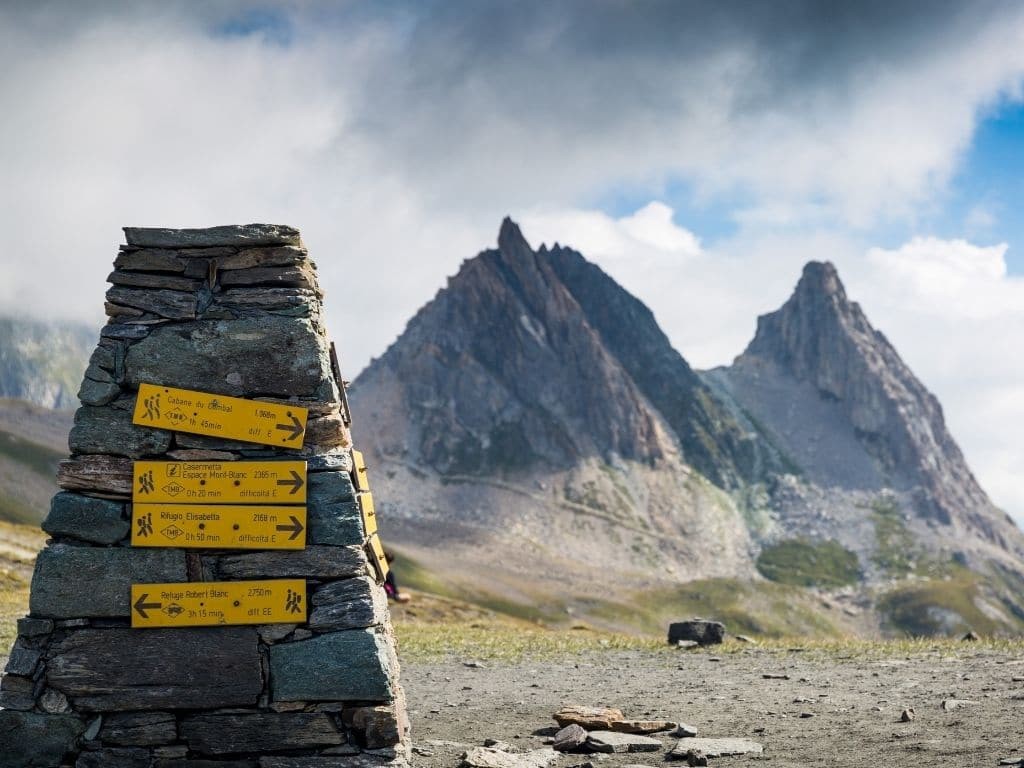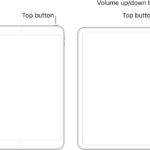Embarking on the Tour du Mont Blanc (TMB) is a dream for many hikers. The stunning landscapes of the French, Italian, and Swiss Alps are a powerful draw. But can you tackle this iconic trek independently? The answer is yes! It is indeed possible to hike Mont Blanc without a guide.
To do the Tour du Mont Blanc in complete serenity, you can choose to be accompanied by a specialized agency or a mountain leader. However, if you prefer to live this experience alone, with family or friends, it is possible to do the Tour du Mont Blanc without a guide.
This article provides essential advice and insights to help you confidently plan and execute your unguided TMB adventure.
1 – Choosing Your Route on the Tour du Mont Blanc
Navigating the TMB involves selecting the right itinerary for your skill level and available time. Several options exist, each offering a unique experience.
The Complete Tour du Mont Blanc
The classic TMB route is a demanding yet rewarding experience. This full loop covers roughly 160 kilometers (approximately 99 miles) with over 10,000 meters (32,800 feet) of elevation gain. You’ll traverse France, Switzerland, and Italy, experiencing the full breadth of the TMB’s diverse landscapes, flora, and fauna.
Plan for 9 to 11 days to complete the entire circuit, adjusting the pace to your fitness level and preferences.
Shortening the Tour du Mont Blanc to 7 Days
If time is limited, or the full circuit feels too strenuous, consider a shortened version of the TMB. Completing the trek in 6 days (at a sporty pace) or 7 days is possible.
Options include skipping the initial or final stages by arranging transport to alternative starting or ending points. Many hikers utilize public transport (buses, shuttles, cable cars) between locations like La Fouly and Champex. Private taxis are also available.
For a seamless experience, you can arrange transfers for yourself and your luggage. This way, you walk light, only carrying a daypack!
Hiking a Section of the Tour du Mont Blanc
For a taste of the TMB, consider hiking only a portion of the trail. A 4-day trek between Les Houches and Courmayeur, for instance, offers stunning views of the glaciers and Mont Blanc, passage of the Fours pass (located at 2665 m of altitude!), and a taste of the Aosta Valley’s unique Italian culture.
2 – Selecting the Best Time to Hike the Tour du Mont Blanc
The optimal time to hike the TMB without a guide is during the summer months. Outside this period, most accommodations are closed, and snow can make sections treacherous without specialized equipment like crampons and ice axes.
Mid-June to Mid-July
As spring arrives, mountain huts and gîtes begin to open. Temperatures are typically mild, ideal for hiking, with abundant wildflowers and fewer crowds.
However, be aware that snow may still linger in higher altitudes or shaded areas, such as the Fenêtre d’Arpette. It is essential to check conditions with tourist offices, hut wardens, and the PGHM (Peloton de Gendarmerie de Haute Montagne – High Mountain Gendarmerie Platoon).
Mid-July to Mid-August
This is peak season, with long, sunny days and generally clear trails. It’s the busiest time on the TMB, offering opportunities to meet fellow hikers and enjoy the vibrant atmosphere of mountain villages.
Mid-August to Mid-September
The crowds begin to thin out, and the temperatures remain pleasant for trekking. The days are still long enough to fully enjoy the scenery, creating a peaceful and comfortable atmosphere.
Later in September, the days shorten, temperatures drop, and huts begin to close.
3 – Finding Reliable Information for Your TMB Trek
Thorough preparation is crucial for a successful unguided TMB trek. Utilize these resources to gather essential information:
- Specialized websites and blogs: Online resources like Trekking Mont Blanc offer articles on equipment, routes, and other essential tips.
- Official Tour du Mont Blanc website: The official website provides information and online hut booking options.
- Experienced bloggers: Many hikers share their experiences online, offering valuable insights.
- Official TMB guidebook: For in-depth information, the official guidebook provides historical context, topographic maps, itineraries, and detailed route descriptions.
- IGN maps: Indispensable for navigation:
- The Tour du Mont Blanc map on a scale of 1:50 000
- or
- The IGN 3630 OT map – Chamonix, Massif du Mont-Blanc at 1:25000 scale
- Map IGN3531 ET – Saint-Gervais-les-Bains, Massif du Mont Blanc at 1:25000 scale
4 – Booking Accommodation on the Tour du Mont Blanc
Securing accommodation is essential, especially during peak season.
Mountain Huts (Refuges)
Located in the mountains, refuges provide essential stopping points for each stage. They typically offer half-board options, including dormitory or small room accommodation, evening meals, and breakfast. Lunch baskets are often available for purchase.
Gîtes and Inns
Located in villages, gîtes and inns offer more comfortable lodging with better bedding and easier road access.
Book accommodation well in advance, especially for high-season refuges, as they can sell out months ahead of time. Bookings can often be made online or by phone. Specify any dietary requirements or allergies during booking.
5 – Physical Preparation for Hiking the TMB
Adequate physical preparation is crucial for enjoying the TMB.
Regular hiking on varied terrain, with increasing distance and elevation gain, is the best training. Practice multi-day hikes to acclimatize to mountain conditions.
If hiking is not feasible, consider alternative sports:
- Running: Improves cardiovascular fitness and muscular endurance. Gradually increase session duration to avoid injury.
- Cycling: Enhances cardiovascular fitness while exploring new landscapes. Start with flat sessions and progress to mountain passes.
- Swimming: A low-impact sport that works the entire body.
6 – Essential Equipment for Your TMB Adventure
Proper equipment is paramount for safety and comfort. Here’s a checklist:
- Hiking backpack: 30-40 liters, durable and mountain-adapted.
- High-cut mountain boots: With good grip (Vibram soles) and waterproof membrane (Gore-Tex).
- Hiking poles: To distribute weight and improve balance.
- Sunglasses: With a protection factor of 3 or 4.
- Head protection: Buff, hat, or cap.
- Water purification tablets or filter.
- Map and compass.
- Sunscreen.
- Thin gloves.
- Medical kit.
Clothing:
- Hiking socks.
- Durable hiking pants.
- Synthetic or merino wool T-shirts: Merino wool is naturally odor-resistant.
- Fleece: For insulation.
- Waterproof and windproof jacket.
With careful planning, proper preparation, and reliable information, hiking Mont Blanc without a guide is an achievable and unforgettable experience. Embrace the challenge and enjoy the breathtaking beauty of the Alps!

